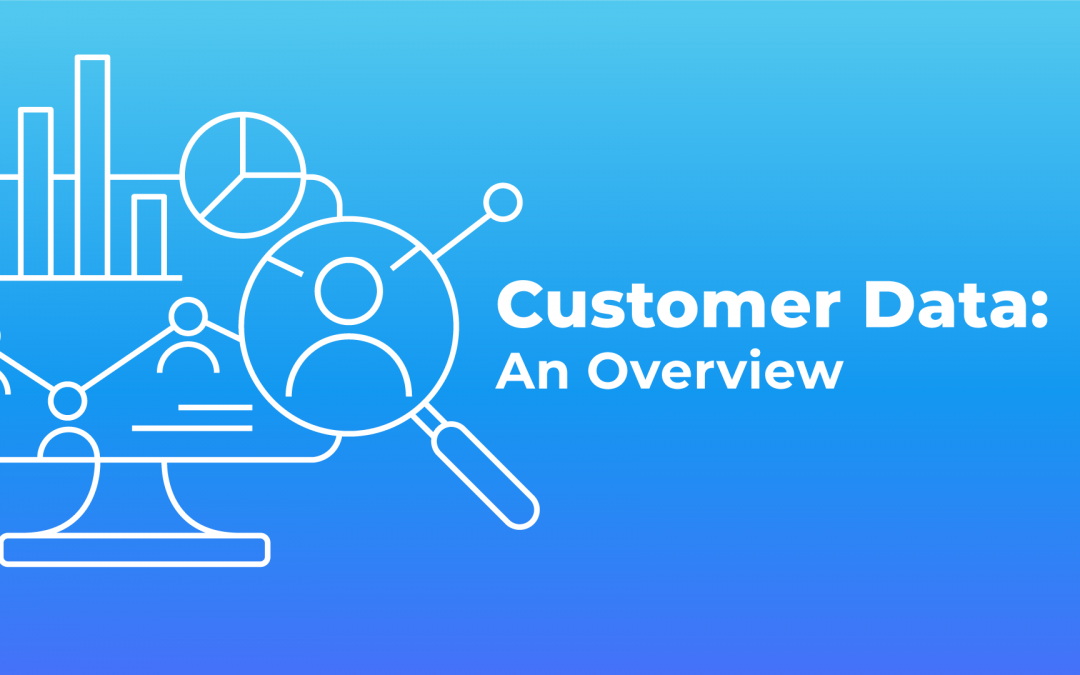Introduction
Today, customers’ digital footprints allow marketers to collect much more data about their traits than ever before. While surfing the web and interacting with internet shops, social media, advertising banners, emails, and more, customers leave traces that allow conclusions to be drawn about their needs and interests. A precise knowledge of their own customers enables companies to tailor campaigns and content to their customers’ needs and interests. Nowadays, personalized customer communication is indispensable for building and maintaining direct customer relationships – and customer data is the basis for this. This article provides a basic overview of the different categories of customer data, which sources they can be obtained from, and how they can be used.
Customer Data Categories
Customer data can be divided into three basic categories: socio-demographic data, behavioral data, and psychographic data. They are often combined with each other when used for segmentation. This combined or aggregated data can be regarded as a fourth category.
Sociodemographic Data
Sociodemographic data says something about who customers are. They describe, for example, customers’ basic economic and social situations and also provide information about their nationalities or regions in which they live.
Usage
- Ad placement for outdoor advertising, print and TV
- Pre-segmentation (for example “Women only”)
- Behavioral predictions
- Campaign personalization
Data
- Age, sex
- Education, profession
- Data on the company/employer (in the B2B area)
- Income and assets
- Marital status
- Nationality
- Religion
Sources
- CRM systems
- Public sources
- Advertising and media agencies
- Third-party data
Behavioral Data
Behavioral data says something about how customers behave – whether it’s behavior on the company website, in an app, or even their buying behavior. This data is usually easy to measure and can be observed and recorded during the customer’s interaction with the company.
Usage
- Product preferences
- Channel preferences
- Offer localization
- Price sensitivity
- Content interests
- Interaction prediction
Data
- Website and app usage data
- Purchase history and reasons for purchase
- Location data
- Devices used
- Media usage
Sources
- Cross-channel campaign management systems
- Point-of-sale systems
- Tracking solutions
- Email services
- Network and media providers
Psychographic Data
Psychographic data says something about what customers think and feel. It provides information about opinions, attitudes, and feelings. The respective findings must be derived from statements or qualitative surveys such as the Net Promoter Score (NPS).
Usage
- Newsletter contents
- Advertising campaigns
- Competitive positioning
- Call scripts (sales, support)
Data
- Personality
- Values and attitudes
- Social group membership
- Emotions and values
- Reactions to content
Sources
- Inference and market models
- Surveys
- Social analyses
- Customer feedback
- Interviews
Aggregated Data and Scores
The fourth category, so to speak, is aggregated data or scores – combinations of data from the categories described above. Examples of aggregated data are simpler calculations such as averages (such as purchase frequency), clustering, affinity models, the CLV, or the RFM model. The CLV and the RFM model are used as scoring models.
Are You Using Your Customer Data?
Customer data is the most important “raw material” for marketers as it is the basis for customer segmentation and personalization. That’s why expertise in handling customer data is a necessity for companies today. Customer data needs to be activated centrally and in real-time to meet modern use cases in marketing and CRM.
83 percent of consumers are perfectly willing to share their data if it provides them with a more relevant, personalized buying experience.
(Accenture 2018)
91 percent of consumers prefer brands that remember them, know their interests, and offer recommendations that are personally relevant to them.
(Accenture 2018)
